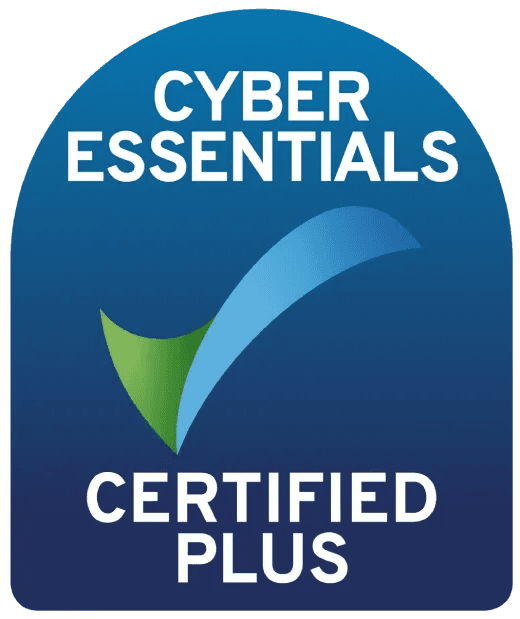How a custom LMS helped teens explore university courses through cinematic, interactive tasters
CLIENT
Non-disclosed
Introduction
In the evolving landscape of online education, a pioneering platform sought to provide students with university course previews, giving them a glimpse into potential degree courses. However, as the platform grew, it encountered certain challenges in ensuring an excellent user experience at scale, limiting the company’s growth potential. This case study explores how these challenges were addressed and the transformation that ensued.

Course taster experiences
The platform's flagship feature offers interactive, cinematic course taster experiences, designed to help high school students consider their next steps into university.
Collaborating with esteemed academics from leading university institutions, the primary aim is to provide prospective students with a chance to experience degree courses in short, 1-hour sessions. Specifically targeting KS4 school students, these previews serve as a pivotal tool for students assessing their academic options.

Overcoming tech constraints to enable growth
Limited Learning Management System
The client’s reliance on a third-party LMS presented growth limitations due to its SaaS nature, causing UX, functional, and integrational constraints that would limit growth.
Innovation and differentiation
Restricted tech capabilities hampered innovation efforts. Furthermore, the emergence of platforms with similar offerings intensified competition.
Integration issues
API limitations resulted in hindered or slow integration processes, causing potential data mismatches and preventing learners from fully engaging with the content.
Data management
Data collected by third-party apps was not streamlined into a central system, making data analysis difficult and impeding their ability to use data to make better business decisions.

Our Goals
To design a versatile LMS that would reduce dependency on third-party solutions, free them from technical constraints and amplify their unique offerings.
Boost student satisfaction scores by gauging improvements across:
User growth rate
Percentage of activated users
Student CSAT experience ratingsEnsure cost-effective scalability to brace for future business expansion, with a focus on both system architecture and workflow automation.

